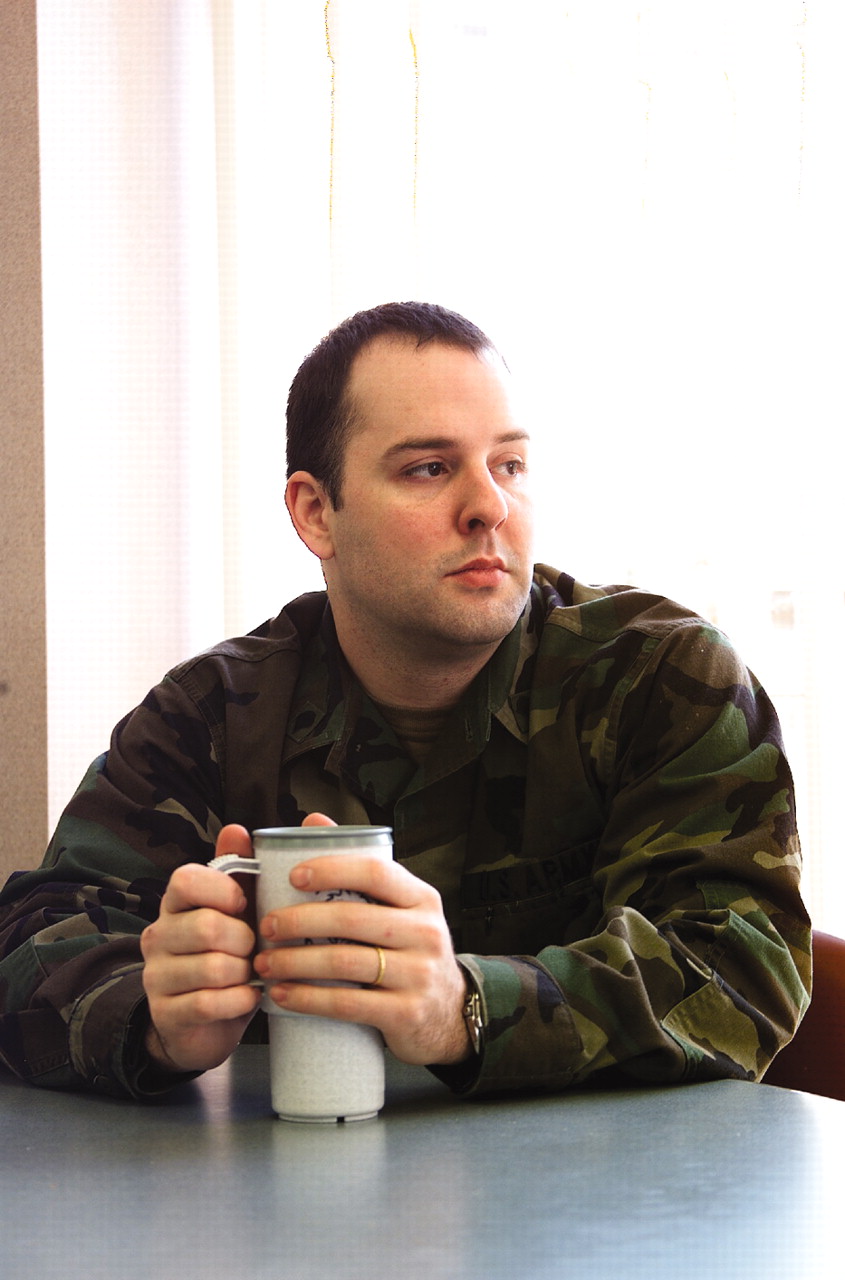The U.S. Army has in its arsenal a new weapon in the fight against suicide. So-called human interaction simulation software is helping people who are trained in suicide intervention to hone their skills and practice the intervention in real-world scenarios.
The software made its first public debut at a Department of Defense suicide prevention forum last November in which military leaders spoke about suicide prevention programs in the armed forces.
Lt. Col. Jerry Swanner, an Army suicide prevention manager at the Pentagon, talked about the Army’s attempts to reduce suicide among its personnel and maintain the skill level of those who have received suicide prevention training.
The Army has been using the applied suicide intervention skills training (ASIST) model since 1989, when Army commanders, projecting mass casualties from the impending Operation Desert Storm, contracted with Living Works Education Inc., creators of the ASIST model, to lead suicide prevention workshops with the Army’s V Corp in Germany. The V Corp processes and transports casualties, Swanner explained, so its troops would have been especially vulnerable to the effects of war.
Living Works Education is an Alberta, Canada–based company founded in 1991 by four mental health professionals who had been working for years to develop suicide intervention training programs for all types of caregivers. Groups who have implemented the ASIST model include U.S. and Canadian government agencies, correctional facilities, schools, and hospitals.
ASIST didn’t go Army-wide until the new millennium, when the Army’s Suicide Prevention Working Group decided to make the training part of its suicide prevention campaign, Swanner said.
Between 1997 and 1999, there was a 26 percent increase in the number of suicides committed by active-duty personnel, Swanner said. The rate rose from 10.6 suicides per 100,000 to 13.1 in that period. In 2001, the most recent year for which the Army has data, the rate was 9.1 per 100,000. The rate in the general population is 10.3 per 100,000. (Swanner did not speculate on why the suicide rate dropped.)
“ASIST allows us to do triage at the unit level,” Swanner said. “The purpose of the training is to enable anyone—regardless of his or her training—to determine the risk of suicide and intervene to reduce this risk until the person can get to a mental health professional.”
During an intervention, the person trained in ASIST contracts with a person at risk to not harm himself or herself before a visit to a mental health professional. The ASIST trainee also attempts to help the suicidal person to acknowledge and utilize the supports in his or her life, such as family or friends, Swanner said.
Swanner emphasized that ASIST is “first aid for suicide”—it does not involve psychotherapy or an attempt to “fix” someone who is thinking of suicide. “It just protects the person at risk until he or she can reach a mental health professional,” he explained.
Key personnel who are stationed at all Army battalions such as Army ministry teams, emergency relief counselors, “and anyone who regularly deals with soldiers who are under stress,” Swanner said, attend the two-day ASIST workshops. Currently, there are about 150 master trainers throughout the Army—those who’ve received the training and are instructed to train others— and 3,000 Army personnel who have participated in the ASIST workshops.
“The training has been so successful that the local commanders have decided to expand it to include drill instructors,” Swanner said.
Once the two-day workshop is over, however, people who have been trained in ASIST don’t have much opportunity to practice their newly acquired skills. Enter the Johns Hopkins University Applied Physics Laboratory in Baltimore.
Living Works Education began collaborating with the Johns Hopkins lab to create software allowing ASIST trainees in the Army to refine their skills by practicing the intervention on a “virtual” person.
Tim Frey, who is the program manager of Human Interaction Simulation Training at the lab, told attendees at the Department of Defense suicide prevention forum that 1,600 video clips were taped in the production of the software of an actor posing as “Billy,” the virtual person who may be at risk for suicide.
“The simulated subject has a number of responses ready for any question posed to him,” Frey said. “We wanted to give the subject a brain so he could respond to comments and questions in a realistic, believable, and humanlike way.”
The software package is composed of three compact discs and a manual corresponding to the ASIST training. Billy appears on the computer screen as the person at risk and responds to the words of the trainee through a voice-recognition mechanism.
After introducing Billy as a 22-year-old infantryman experiencing marital difficulties, Frey posed as an ASIST trainee and demonstrated the software for his audience. “Hi, Billy, thanks for stopping by,” he said into a microphone attached to his laptop. “Do you have time to talk?”
During the course of the conversation, Frey discovers that Billy has been arguing on a frequent basis with his wife and is facing disciplinary action on the job. He also finds out that Billy thinks about suicide all the time. He questions Billy about the activities he enjoys and the people with whom he is particularly close, using the positive aspects of Billy’s life to keep him from thinking about suicide until Billy can get help from an expert.
Swanner said the software is valuable because an ASIST trainee will never have the same interview with Billy two times in a row. “You never know how he will respond,” he said, noting that sometimes during the virtual interview Billy is at risk for suicide and sometimes he is not.
The software also has a feature that scores trainees on their intervention skills as they conduct the intervention. The scoring is based on how closely trainees adhere to the ASIST model, Swanner said.
The Applied Physics Lab originally developed the human simulation software to train FBI agents to interview potential suspects and determine when a suspect was lying, Frey said
The Army, through the U.S. Materiel Command in Alexandria, Va., began distributing the software to its personnel in January.
“Our goal is to provide an experience that is realistic and that reinforces training,” Frey said, “so that by the time you are with a real subject, you’ve had time to practice and have already made your mistakes.”
Additional information about the ASIST suicide prevention model can be found on the Living Works Education Inc. Web site at www.livingworks.net. ▪

